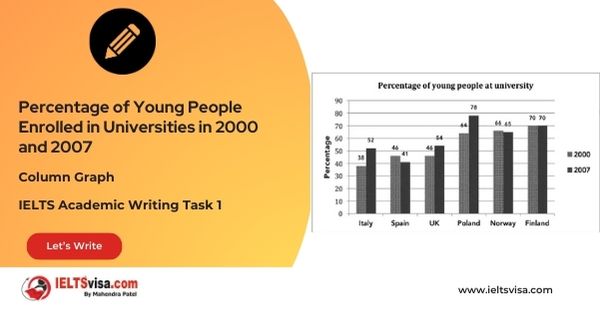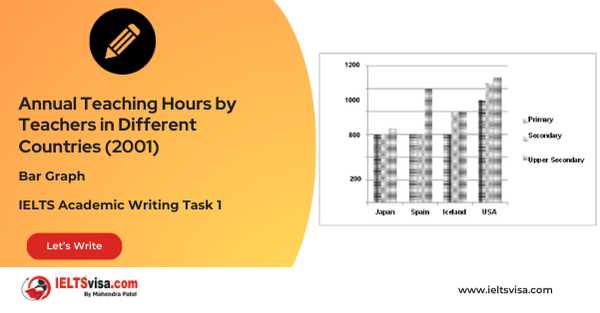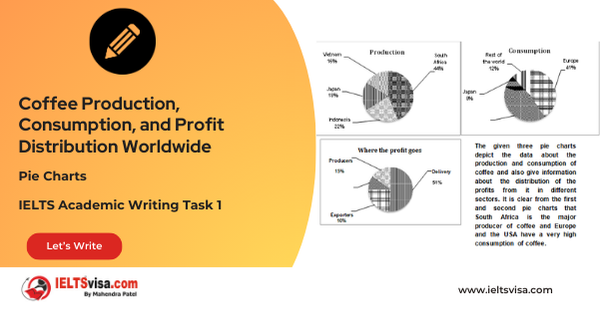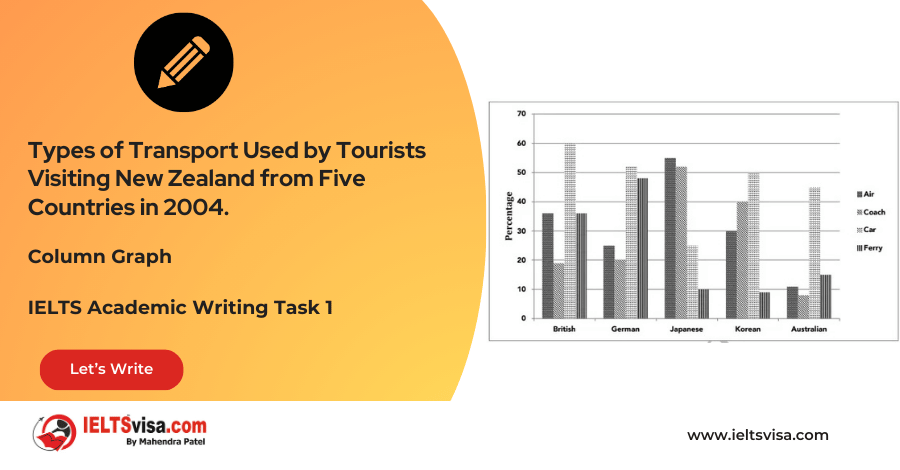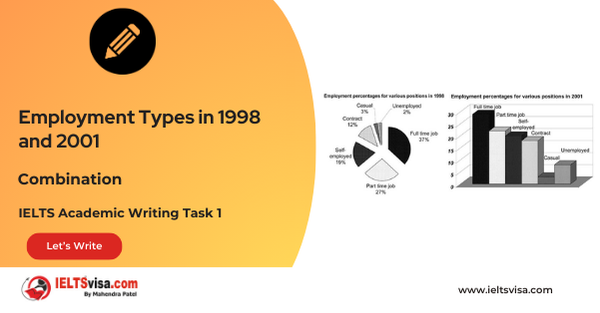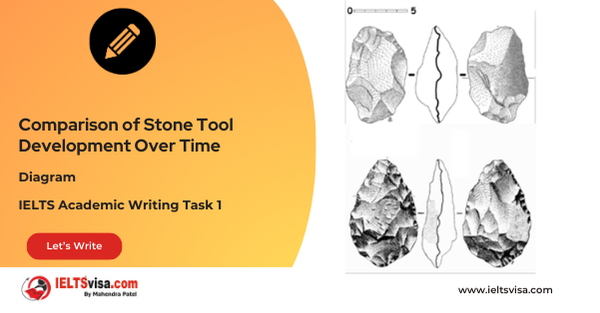The current ground floor plan of a museum and the proposed changes to its layout
IELTS Academic Writing Task 1 - Diagram
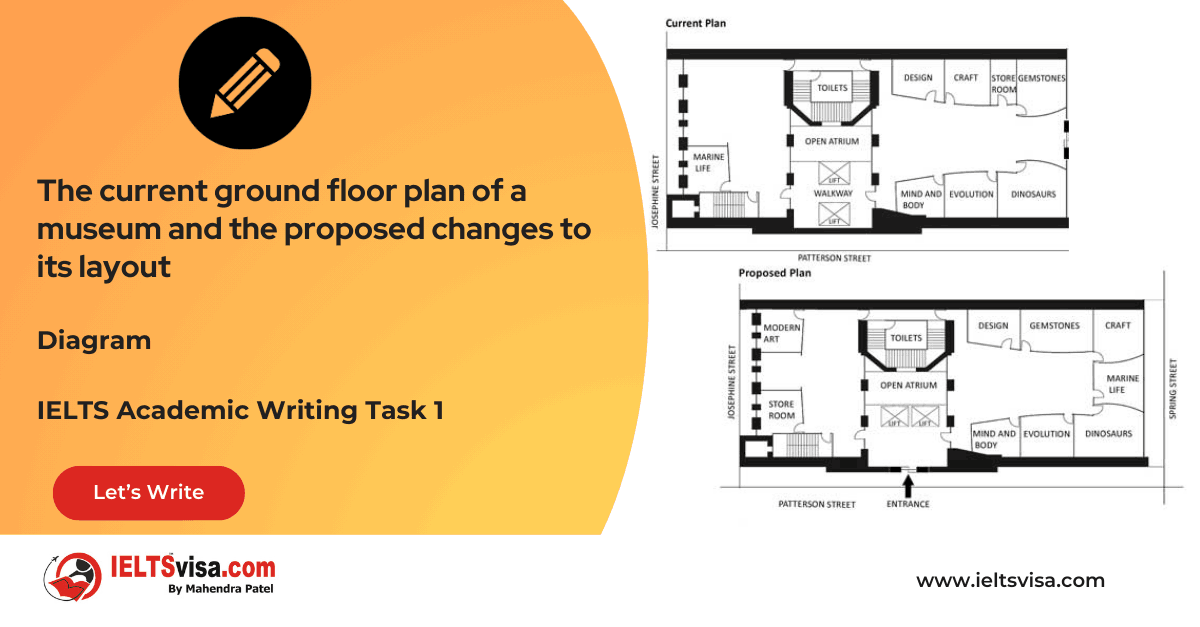
IELTS Writing Task 1 Question
The current ground floor plan of a museum and the proposed changes to its layout
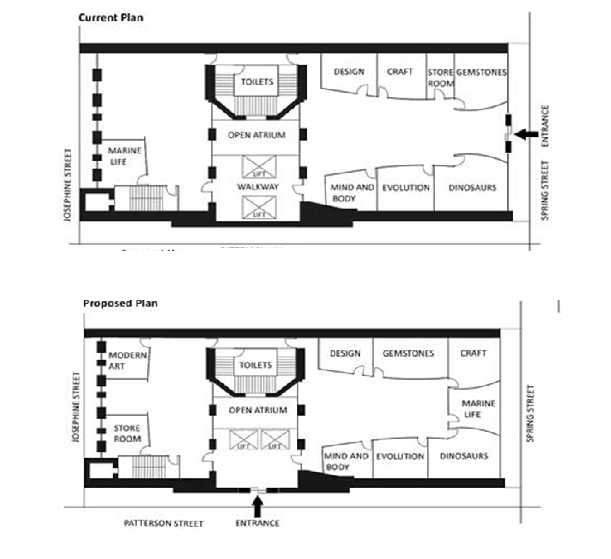
Common Questions for the Diagram
1. Diagram Type: Floor plan comparison
2. Title: Museum Ground Floor Layout: Current vs Proposed Changes
3. What are the units of measurement? Not specified
4. Who: University tutors, architects, museum designers
5. When: Not specified
6. Where: The museum (unspecified location)
7. Topic: Layout and design changes of a museum
Detailed Process and Observations
Summary of Data: The two diagrams show the current and proposed ground floor plans of a museum. The main changes involve the relocation of the entrance, the rearrangement of existing exhibitions, and the introduction of a new Modern Art exhibition.
- Entrance Relocation:
- The current entrance is on the eastern side of the building on Spring Street, but it will be moved to the southern side on Patterson Street. This change will also bring the lifts directly opposite the entrance, making them more accessible.
- Exhibition Changes:
- The Gemstones exhibition will be enlarged and moved to the center of the floor, swapping places with the Craft exhibition, which will be relocated to a corner.
- The storeroom will be moved to where the Marine Life exhibit currently is, creating more space for storage.
- Marine Life will be relocated near the old entrance, allowing for better utilization of space.
- New Modern Art Exhibition:
- The most significant change is the addition of a Modern Art exhibition, which will be incorporated into the new layout.
- Other Areas:
- Most of the other areas, including the museum halls, toilets, and open atrium, will remain unchanged.
Sample Answer
The two diagrams illustrate the current ground floor layout of a museum and the proposed changes to its design.
Overall, the most notable modification is the introduction of a Modern Art exhibition, along with some adjustments to the location of existing displays and facilities.
One of the major changes is the relocation of the museum’s entrance. Currently situated on Spring Street on the eastern side, the entrance will be moved to the southern side of Patterson Street. This will also position the lifts directly opposite the entrance, improving accessibility compared to their current location, further away from the entrance.
The Gemstones exhibition will remain in a similar location but will be enlarged and moved to the centre of the floor, while the Craft exhibition will be shifted to a corner. Another change involves the storeroom, which will be moved to the area currently occupied by the Marine Life exhibit, thus creating additional storage space. The Marine Life exhibition will be relocated near the old entrance.
Top 25 Vocabulary
|
Vocabulary |
Vocabulary Type |
Meaning |
Synonyms |
Examples |
|
Modification |
Noun |
The act of changing or altering something |
Adjustment, alteration, change |
“The most notable modification is the addition of a Modern Art exhibition.” |
|
Proposed |
Adjective |
Suggested or planned for future implementation |
Suggested, recommended, planned |
“The proposed layout includes significant changes to the museum’s design.” |
|
Accessibility |
Noun |
The quality of being easy to reach or use |
Availability, usability |
“The new entrance will improve accessibility for visitors.” |
|
Shift |
Noun |
A change in position or direction |
Movement, transfer, relocation |
“The shift of the storeroom to a new location will free up additional space.” |
|
Adjustment |
Noun |
A small change made to improve something |
Modification, tweak, alteration |
“Several adjustments have been made to the layout of the exhibitions.” |
|
Allocation |
Noun |
The process of assigning or designating resources |
Distribution, apportionment |
“The allocation of central space to the Gemstones exhibit makes it more prominent.” |
|
Orientation |
Noun |
The arrangement or positioning of something in a particular direction |
Placement, positioning |
“The orientation of the lifts has been improved for better visitor experience.” |
|
Reconfigure |
Verb |
To change the arrangement or structure of something |
Rearrange, redesign, restructure |
“The museum’s layout will be reconfigured to accommodate the new exhibits.” |
|
Enhancement |
Noun |
An improvement or upgrade to something |
Improvement, upgrade, boost |
“The enhancement of the Gemstones exhibition will attract more visitors.” |
|
Repurpose |
Verb |
To adapt something for a new use |
Convert, reassign, reuse |
“The Marine Life exhibit space will be repurposed into a storeroom.” |
|
Realignment |
Noun |
The process of changing or rearranging something |
Reorganization, adjustment |
“The realignment of the entrance will streamline visitor flow.” |
|
Proximity |
Noun |
Nearness in space, time, or relationship |
Closeness, vicinity, nearness |
“The proximity of the lifts to the new entrance improves convenience.” |
|
Optimized |
Adjective |
Made as effective or functional as possible |
Improved, enhanced, refined |
“The optimized layout will make better use of the museum’s space.” |
|
Centralized |
Adjective |
Concentrated in one central location |
Consolidated, unified |
“The Gemstones exhibition will be centralized in the new layout.” |
|
Reassignment |
Noun |
The act of assigning something to a new purpose or location |
Redistribution, relocation |
“The reassignment of the Craft exhibition to the corner frees up central space.” |
|
Integration |
Noun |
The act of combining or coordinating parts into a unified whole |
Combination, inclusion |
“The integration of the Modern Art exhibit will enhance the museum’s offerings.” |
|
Expansion |
Noun |
The act of increasing in size, number, or importance |
Growth, enlargement, increase |
“The expansion of the Gemstones exhibition highlights its growing importance.” |
|
Reorganization |
Noun |
The act of arranging something in a new way |
Restructuring, adjustment |
“The museum’s reorganization aims to improve visitor experience.” |
|
Transition |
Noun |
The process of changing from one state or condition to another |
Change, shift, transformation |
“The transition of the Marine Life exhibit to a new location will optimize space usage.” |
|
Preservation |
Noun |
The act of maintaining or protecting something |
Maintenance, conservation |
“The southern part of the museum will see preservation of its original layout.” |
|
Relocation |
Noun |
The act of moving something from one place to another |
Move, transfer, shift |
“The entrance will be relocated to Patterson Street.” |
|
Enlarge |
Verb |
To make something bigger or more expansive |
Expand, increase, grow |
“The Gemstones exhibition will be enlarged and centred.” |
|
Exhibit |
Noun |
A display or collection of items in a museum |
Display, presentation, showcase |
“The new Modern Art exhibition will be launched in the proposed layout.” |
|
Utilization |
Noun |
The action of making use of something |
Use, application, employment |
“The new Marine Life location will make better utilization of space.” |
|
Atrium |
Noun |
A large open space, typically in a building |
Hall, lobby, foyer |
“The open atrium area will remain largely unchanged in the new plan.” |

Our Books
Master IELTS Speaking Part 1
IELTS Writing Task 1 Book
IELTS Writing Task 2 Book
Writing Task 1 Question Types
Practice IELTS Other Modules
IELTS Listening
The IELTS Listening test assesses how well you can understand spoken English in various contexts. It lasts about 30 minutes and is divided into four sections with a total of 40 questions. The listening tasks become increasingly difficult as the test progresses.
IELTS Academic Reading
The IELTS Academic Reading section assesses your ability to understand and interpret a variety of texts in academic settings. It is designed to evaluate a range of reading skills, including skimming for gist, reading for main ideas, reading for detail, understanding inferences, and recognizing a writer's opinions and arguments.
IELTS Speaking
The IELTS Speaking test assesses your ability to communicate in English on everyday topics. It lasts 11-14 minutes and consists of three parts: introduction, cue card, and a discussion based on the cue card topic.
IELTS General Reading
IELTS General Reading tests your ability to understand and interpret various types of texts. Here are some key areas and types of content you can expect to encounter in the reading section, along with tips for effective preparation.
IELTS Academic Writing Task 1
In IELTS Academic Writing Task 1, you are presented with a visual representation of information, such as graphs, charts, tables, or diagrams, and you are required to summarize, compare, or explain the data in your own words.
IELTS General Writing Task 1
In IELTS General Writing Task 1, you are required to write a letter based on a given situation. The letter can be formal, semi-formal, or informal, depending on the prompt. Here’s a breakdown of the key components to include in your letter
IELTS Academic Writing Task 2
In IELTS Academic Writing Task 2, you are required to write an essay in response to a question or topic. Here’s a guide to help you understand the essential elements of this task
IELTS Exam Tips
To succeed in the IELTS exam, practice regularly, familiarize yourself with the test format, improve your vocabulary, develop time management skills, and take mock tests to build confidence.
Grammer for IELTS
Grammar is the foundation of effective communication in English. Understanding tense usage, subject-verb agreement, and sentence structure enhances clarity and coherence in writing and speaking.
Vocabulary for IELTS
Vocabulary plays a crucial role in the IELTS (International English Language Testing System) exam, especially in the Speaking and Writing sections. Here’s an overview of why vocabulary is important and how it impacts your performance
RECENT IELTS SAMPLES QUESTIONS AND ANSWERS
Task 1 – Column graph – Percentage of Young People Enrolled in Universities in 2000 and 2007.
20:00 Start Pause Stop [df_adh_heading title_infix="IELTS Writing Task 1 Question" use_divider="on"...
Task 1 – Bar Graph – Annual Teaching Hours by Teachers in Different Countries (2001)
20:00 Start Pause Stop [df_adh_heading title_infix="IELTS Writing Task 1 Question" use_divider="on"...
Task 1 – Pie Charts – Coffee Production, Consumption, and Profit Distribution Worldwide
20:00 Start Pause Stop [df_adh_heading title_infix="IELTS Writing Task 1 Question" use_divider="on"...
Task 1 – Column graph – Types of Transport Used by Tourists Visiting New Zealand from Five Countries in 2004.
20:00 Start Pause Stop [df_adh_heading title_infix="IELTS Writing Task 1 Question" use_divider="on"...
Task 1 – Bar and Pie Chart Combination – Employment Types in 1998 and 2001
20:00 Start Pause Stop [df_adh_heading title_infix="IELTS Writing Task 1 Question" use_divider="on"...
Task 1 – Diagram – Comparison of Stone Tool Development Over Time
20:00 Start Pause Stop [df_adh_heading title_infix="IELTS Writing Task 1 Question" use_divider="on"...

